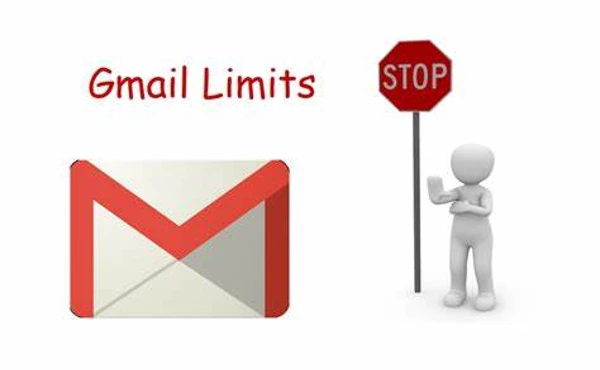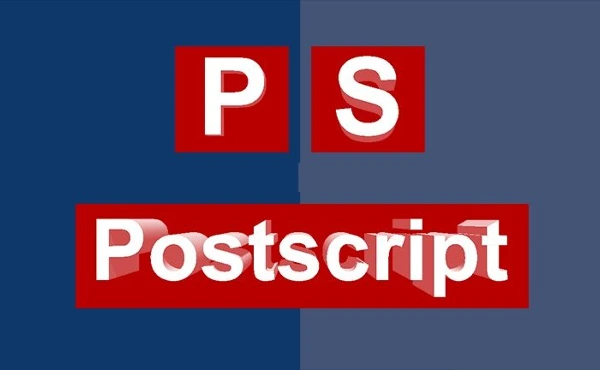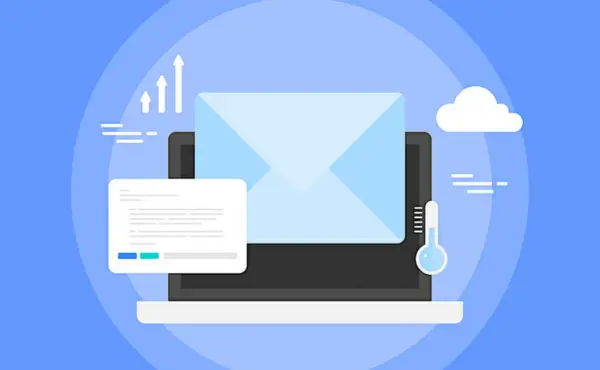Yes, Boost Inbox is designed to cater to businesses of all sizes and industries.

Personal and professional connections continue depend heavily on email communication. Gmail stands out as one of the most popular email services, with millions of subscribers. However, many users face difficulties when they reach the Gmail recipient limit. Understanding this limit is important for anyone who want to communicate effectively via email. In this blog post, we look at the Gmail recipient limit and offer recommended practices for sending emails that ensure your messages reach the audience without an issue.
Understanding the Gmail Recipient Limit
The gmail recipient limit is the maximum number of recipients you can include in a single email or send in a day. Knowing the limit is crucial for good email conversation.
Types of Gmail Recipient Limits
Daily Sending Limits:
Gmail restricts the number of emails you can send in a 24-hour period. For standard Gmail users, this limit is typically set at 500 emails per day. For Google Workspace users, the limit increases to 2,000 emails daily.
Recipient Limits per Message:
When sending an email, Gmail also limits the number of recipients you can include in the "To," "Cc," and "Bcc" fields. This limit is usually set at 100 recipients per email for standard users and can vary for Google Workspace users.
These limits help Gmail maintain server reliability, engagement spam, and protect users from misuse.
Reasons for Gmail Recipient Limits
The gmail recipient limit is in place for several reasons:
Preventing Spam:
By limiting the number of emails sent per day, Gmail helps users get less spam. This prevents important interactions from becoming lost in an inbox of spam emails.
Server Stability and Performance:
High email traffic can overload servers. By implementing limitations, Gmail ensures that its services are quick and reliable for all users.
Protecting Users:
These rules help protect customers from illegal activities including spam communications and email scams. By enforcing limitations, Gmail creates a more secure inbox, reduces fraud risks, and maintains trust in email conversation.
Best Practices for Staying Within Gmail Recipient Limits
To effectively manage the gmail recipient limit and ensure your emails reach their intended recipients, follow these best practices:
1. Know Your Limits
Understanding your specific gmail recipient limit is the first step.
Daily Limits:
Make sure you understand your daily email sending limits. Keep track of your email activities, including the number of recipients and messages sent, to avoid exceeding these limits and maintaining smooth communication.
Recipient Limits:
When composing an email, be mindful of how many recipients you add. Remember, each recipient counts toward your total limit, so include only those who genuinely need to receive the email. This ensures effective communication and helps you stay within the recipient limits.
2. Use Email Marketing Tools
Utilizing email marketing tools can greatly simplify your email campaigns.
Why Use email marketing Tools?:
Platforms like Mailchimp and Brevo enable you to send bulk emails without worrying about the Gmail recipient limit. These services are specifically designed for managing larger email marketing campaigns efficiently, providing tools for segmentation, automation, and analytics. This allows you to focus on crafting engaging content while the platform handles distribution, ensuring your messages reach the right audience at the right time.
Benefits:
Email marketing solutions offer extra features like analytics, automation, and customized templates, which can dramatically improve your whole email approach. Analytics help you track engagement and conversion, allowing you to fine-tune your strategy based on real data. Automation offers timely, targeted communication, ensuring that your audience receives relevant messages with minimal manual effort. Meanwhile, templates save you time and ensure consistency in style, allowing you to send professional-looking emails that resonate with your target audience.
3. Space Out Your Emails
To prevent hitting the gmail recipient limit, consider spacing out your emails.
Plan Your Email Sends:
If you have a large audience, send emails in batches. For example, with 1,000 subscribers, send to 200 recipients every few hours. This strategy helps you stay within limits and boosts engagement over time.
Importance of Timing:
Analyze your audience’s behavior to determine the optimal times for sending your emails. This approach helps you stay within recipient limits while maximizing engagement and ensuring that your messages are seen at the right moment.
4. Monitor Bounce Rates and Engagement
Keeping track of your email bounce rates and engagement metrics is essential.
Track Performance:
Check the number of emails that bounce or go unopened on a regular basis. High bounce rates can have a bad influence on your sender reputation, therefore any issues should be addressed immediately. Analyze the causes of bounces, such as invalid email addresses or server issues, and take steps to clean up your list. Monitor your open rates to spot patterns and make any necessary changes to your content or targeting methods. Maintaining a healthy email list can help you enhance engagement and assure the success of your future efforts.
Adjust Your Strategy:
Use the information you get from measuring interaction to improve your email content and delivery techniques. This continuous improvement method allows you to personalize your messaging, optimize delivery times, and increase overall effectiveness. By continually modifying your strategy based on data, you can improve your outcomes over time, creating closer connections with your subscribers and driving higher engagement.
Conclusion
Understanding the Gmail recipient limit is important for successful email communication. You may improve your email strategy by following best practices such as knowing your limits, categorizing your audience, using email marketing tools, and incorporating an email warmup service to ensure smoother email deliverability. Using such strategies, you can not only avoid problems with the Gmail recipient limitations but also improve your overall email engagement and efficiency. If you want to enhance your email deliverability, Check out our blog How Email Warmup Services Can Enhance Your Email Deliverability
What to read next
What to read next
Absolutely! Boost Inbox is compatible with most major email service providers.
The warmup process duration may vary depending on your email volume, but it typically ranges from a few days to a couple of weeks.
Yes, Boost Inbox offers dedicated customer support to assist you throughout the warmup process.
While it's possible, it's best to start the warmup process from the beginning with Boost Inbox for optimal results.

